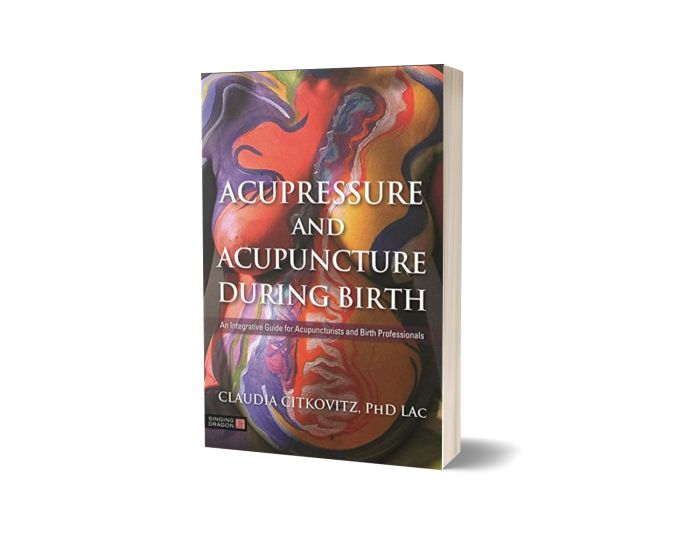We use cookies to make your experience better. To comply with the new e-Privacy directive, we need to ask for your consent to set the cookies. Learn more.
Acupressure and Acupuncture during Birth An Integrative Guide for Acupuncturists and Birth Professionals
For acupuncturists and birth professionals, this book explains how yin/yang and other principles of Chinese medicine can improve birth experiences as well as outcomes. Acupuncture and Chinese medicine can shift and support the physical and emotional journey of birth and provide nonpharmacologic treatment approaches for commonly occurring disorders of labor such as malposition, asynclitism, slow cervical dilatation and inadequate contractions, as well as postpartum and post C-section care.
Accessible and engaging, the book includes an overview of Chinese medicine for women's health; information on what happens before, during and after birth from both a biomedical and Chinese medical perspective;and a toolkit of treatment strategies for birth work. The techniques described include acupressure, Tui Na (Chinese medical bodywork), needling, auricular acupressure and electrostimulation.
Given that Chinese medicine can seem mystical (if not mystifying) and that Western medicine is often incomplete in its ability to address medical issues, this text by Claudia Citkovitz is a complete breath of fresh air. Before she even gets going on the actual book, she is giving useful, practical information. In the introduction she writes ‘I have compiled the list below of “low-hanging fruit.” These are acupressure and other East Asian Medicine techniques that can easily be applied in the moment, or taught to birth team members, without having to read the whole book.’ This is followed by a list of easy-to-learn and effective techniques to help with labour. Of course, this just makes one want to read the whole book.
The spirit of ‘simply wanting to help’ is evident in every aspect of this book. And who is Claudia helping? Obviously she is helping the pregnant or birthing women who suffer in many ways, and who with correct treatment can avoid such suffering. In addition, whether one is a midwife, nurse, obstetrician, doula or acupuncturist, those of us who attend births know the profound frustration felt when the position of the baby is less than ideal, or labour stalls, or the birthing mother is in intense pain or is afraid. We meet many female patients who present with issues that are untreatable by standard allopathic approaches during their pregnancies. What a relief for us all to have simple, effective, non-invasive tools to help. Nothing feels better to a practitioner like us than to come in contact with suffering and meet it confidently and effectively with techniques that quickly put an end to it.
In Chapter 2, Claudia has written the most elegant and clear introduction to East Asian Medicine that I have ever read, showing her rare ability to make the obscure accessible. She simplifies concepts while never sacrificing accuracy. In fact, her writing augments our ability to meet the complexity of our patients with clarity. She opens our eyes to seeing what is right in front of us in clinical practice, such as dryness, moistness, weakness, hyperactivity, hypoactivity and stagnation. She teaches the uninitiated the basics of yin, yang, qi, blood and fluids as they apply to pregnant and birthing women. Throughout, she illustrates the conceptual aspect with a real-life clinical narrative through case studies. In addition, she summarises the therapeutic principles we need in order to learn and utilise the therapeutic techniques.
Claudia’s years of work in the labour and delivery department of a major hospital in New York City has meant that she has had to have a firm grasp on orthodox medical tests, diagnosis and treatment protocols. Throughout the text she teaches us how to integrate our understanding and abilities with the particular setting of the birth, be it at home or in the hospital. For example, a good number of women who receive an epidural have a drop in blood pressure serious enough to warrant an emergency C-section; Claudia’s extensive experience show that this is most common in yin-deficient patients and she advises preventative measures such as extra fluids, leg compression, leg elevation and vigorous chafing of the ankles to raise the qi and fluids. Techniques like this are clinically invaluable and their application is clearly taught in this invaluable text. Everyone who attends pregnant and birthing women should own this book.
Sharon Weizenbaum.
* Orders shipped outside of Europe are eligible for VAT relief and will not be charged VAT.


